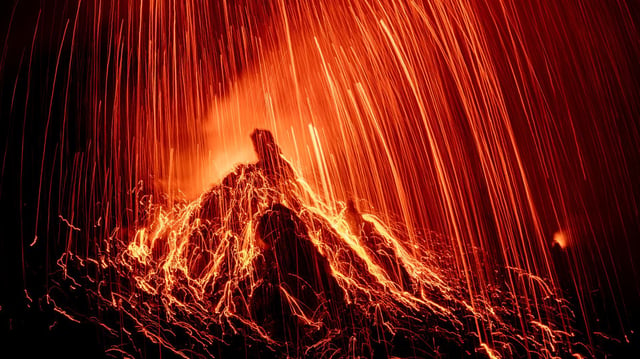Overview
- The Permian-Triassic extinction, known as the 'Great Dying,' wiped out 96% of marine life and 70% of terrestrial vertebrates 252 million years ago.
- Massive volcanic eruptions released 100,000 billion metric tons of CO2, destabilizing the carbon cycle and driving a 10°C rise in global temperatures.
- The extinction led to dramatic biome shifts, including the disappearance of tundra and the emergence of tropical and temperate vegetation in polar regions.
- Fossilized plant remains reveal that some vegetation adapted to the chaotic climate, providing insights into ecosystem responses to global warming.
- Researchers warn that current CO2 emissions could replicate similar catastrophic conditions within 2,700 years if trends continue unchecked.
